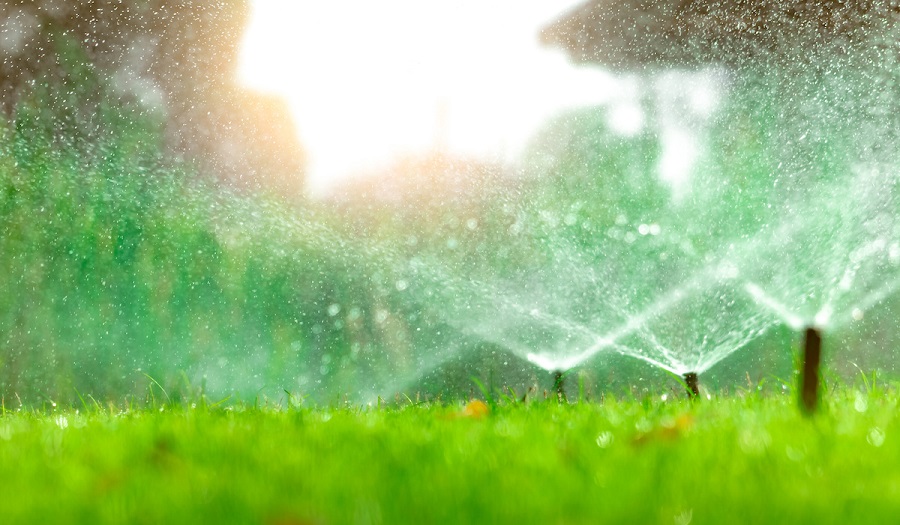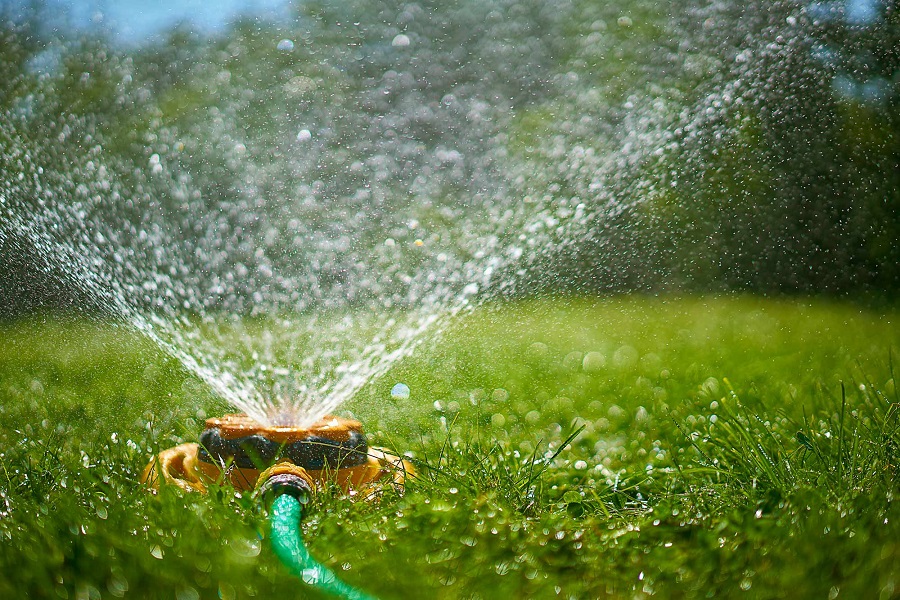The art of achieving a stunning and flourishing lawn is every homeowner’s ultimate aspiration. However, accomplishing a vibrant and verdant lawn necessitates proper care and maintenance, including irrigation. Watering your lawn is vital to keep it healthy and green, but how long should you water it to ensure it stays in optimal condition? This article will explore everything you need to know about optimal lawn irrigation, including how long you should water your lawn to maintain its health and beauty.
The Importance of Proper Lawn Irrigation
Proper lawn irrigation is indispensable for several reasons. Firstly, it promotes robust growth and lush greenery, making your lawn look beautiful and attractive. Secondly, it facilitates the development of deep roots that can withstand drought and other environmental stresses. Thirdly, it can prevent soil erosion and nutrient loss by ensuring water permeates deeply into the soil. Lastly, it can save you considerable money on water bills and conserve water resources by averting waste.

Factors Influencing Lawn Watering
Several factors can influence the amount of water your lawn necessitates, including soil type, grass type, climate, sun exposure, and lawn age. Sandy soils require frequent watering, whereas clay soils retain moisture for extended periods. Different grass types have different water requirements, with cool-season grasses needing more water than warm-season grasses. Humidity, temperature, and rainfall patterns can also affect your lawn’s water needs. Lawns in shady areas necessitate less water than those in full sun. Newly planted lawns require more frequent watering than established ones.
How Often Should You Water Your Lawn?
The frequency of lawn watering hinges on several factors, including the ones mentioned above. Most lawns require about 1 to 1.5 inches of water per week, including rainfall. Nevertheless, you should adjust the frequency based on your lawn’s needs and local weather conditions. For instance, if you reside in an area with high temperatures and low rainfall, you may need to water your lawn more frequently.
How Long Should You Water Your Lawn?
The duration of lawn watering depends on the type of sprinkler system you’re using and your lawn’s water needs. In general, most lawns require about 30 minutes of watering per session. However, this can vary depending on several factors, such as soil type, grass type, and climate. Therefore, monitoring your lawn’s condition and adjusting the watering duration is essential.
Signs of Overwatering Your Lawn
Overwatering your lawn can be as detrimental as underwatering it. Signs of overwatering your lawn include mushy or spongy grass, foul odor, yellowing leaves, fungal growth, and puddles of water on the lawn. If you notice any of these signs, reduce the frequency and duration of watering and allow the soil to dry out between watering sessions.
Tips for Watering Your Lawn Efficiently
To water your lawn efficiently, consider the following tips:
- Water your lawn deeply and infrequently rather than shallowly and frequently.
- Use a rain gauge or a coffee can measure the water your lawn receives.
- Adjust your sprinkler system to avoid watering sidewalks, driveways, or other non-grassy areas.
- Fix leaks and broken sprinkler heads to avoid water wastage.
- Mulch around trees and plants to retain moisture in the soil.
By following these tips, you can ensure that your lawn receives adequate water while minimizing water wastage and saving money on water bills.
Conclusion
Watering your lawn is crucial to maintaining its health and beauty, but how long should you water it? The duration of lawn watering depends on various factors, such as soil type, grass type, and climate.



